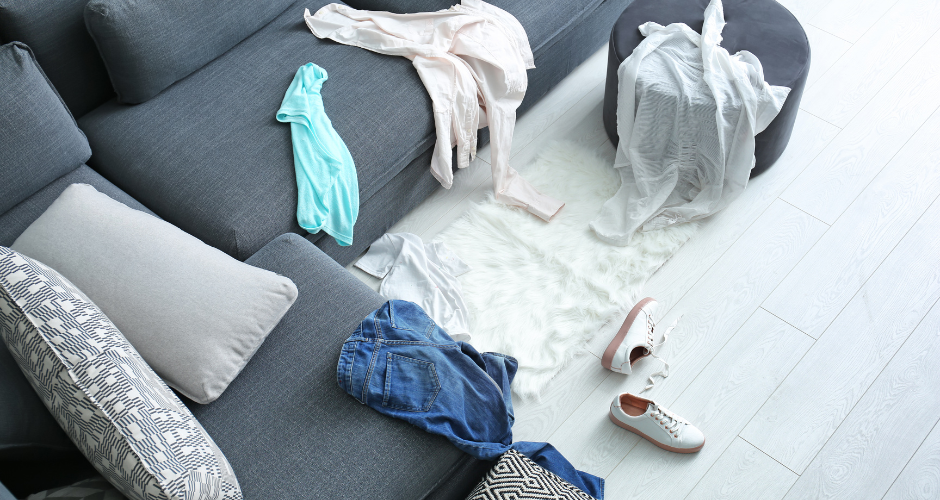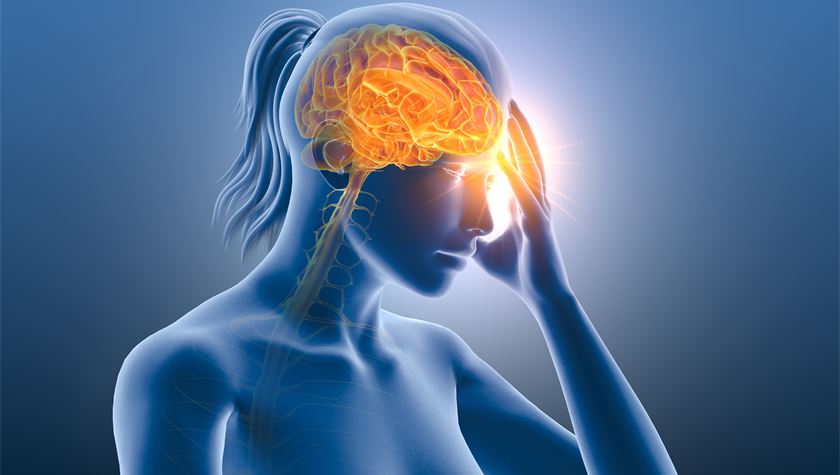Is Your Ventilation System Spreading Dust and Allergens?

Strong 8k brings an ultra-HD IPTV experience to your living room and your pocket.
Your home’s ventilation system is designed to keep the air fresh, clean, and properly circulated. But what if it’s doing the opposite-spreading dust, allergens, and pollutants throughout your living space?
Most people don’t realize how a poorly maintained or outdated HVAC system can significantly contribute to indoor air pollution and health problems.
This article explores how your ventilation system might be compromising your indoor air quality, the warning signs, the health effects, and steps you can take to clean and improve your air circulation.
1. Why Your Ventilation System Matters
A home’s ventilation system-including HVAC units, ductwork, air filters, exhaust fans, and air returns-is responsible for circulating air between rooms and bringing in fresh air from outside. Ideally, this system helps:
Regulate temperature
Remove stale air and moisture
Control odors and pollutants
Filter dust, pollen, and other airborne particles
However, when neglected, this system can become the very thing that recirculates harmful contaminants, rather than removing them.
9 Factors to Consider Before Buying an Air Conditioner
2. What Gets Trapped Inside Ventilation Systems?
Over time, various pollutants accumulate in your ducts and ventilation systems:
A. Dust and Debris
Dust is a mix of dead skin cells, fibers, dirt, and particles from the environment. When it enters the ventilation system, it settles in ductwork and can be blown back into rooms repeatedly.
B. Pollen and Outdoor Allergens
Ventilation systems bring in outside air. If filters are dirty or missing, pollen, mold spores, and other allergens can enter your home easily.
C. Pet Dander
If you have pets, tiny flakes of skin and hair can get trapped in ducts, increasing the allergen load in the air.
D. Mold and Mildew
Moisture from bathrooms, kitchens, or basements can travel into ductwork. If the ventilation system is damp or poorly insulated, mold may grow and spread spores through the air.
E. Pest Droppings and Debris
Rodents and insects may enter ducts in search of warmth. Their droppings and nesting materials can break down into harmful airborne particles.
F. Volatile Organic Compounds (VOCs)
Paints, cleaning products, and synthetic furniture materials release VOCs. Poor ventilation traps these chemicals indoors, where they can circulate for months.
3. How Dirty Ventilation Affects Your Health
When your ventilation system is contaminated, the health consequences can be subtle-or severe. Here are common health effects:
A. Respiratory Problems
Dust, dander, and mold can aggravate:
Asthma
Chronic bronchitis
Sinus infections
Coughing and wheezing
B. Allergic Reactions
Common symptoms include:
Sneezing
Itchy, watery eyes
Nasal congestion
Skin rashes
People with existing allergies may suffer year-round if the HVAC system recirculates allergens.
C. Headaches and Fatigue
Indoor air pollution is a leading cause of:
Morning headaches
Brain fog
General fatigue
Trouble concentrating
This is especially common in sealed environments with poor ventilation.
D. Mold Exposure
Mold spores from your vents can cause:
Respiratory distress
Fungal infections (in severe cases)
Chronic inflammation in the sinuses or lungs
Long-term exposure can be especially dangerous for infants, seniors, or people with compromised immune systems.
4. Signs Your Ventilation System Is Spreading Allergens
Here are some red flags that your ventilation system may be part of the problem:
- Visible dust blowing from vents
- Increased sneezing or allergy symptoms indoors
- Musty or stale odors when the system runs
- Black dust buildup around vent covers
- Frequent filter replacements or filters getting dirty quickly
- Unexplained spikes in respiratory illness or headaches
- Mold spots inside air ducts or near air handlers
If you notice any of these issues, your HVAC system may be doing more harm than good.
5. How to Clean and Maintain Your Ventilation System
Regular maintenance is key to ensuring that your system supports health, not illness. Here’s how to stay ahead:
A. Replace Air Filters Regularly
Replace filters every 1–3 months
Use HEPA filters for better allergen control
Write the replacement date on the filter to keep track
B. Schedule Professional Duct Cleaning
Every 3 to 5 years, or sooner if you see visible buildup
Choose NADCA-certified technicians
Ensure they check for mold and pest infestations
C. Clean Vents and Registers
Wipe them down monthly
Vacuum the area around air returns to reduce dust intake
D. Control Humidity
Use dehumidifiers to prevent mold
Keep humidity levels between 30% and 50%
Ensure bathrooms and kitchens have working exhaust fans
E. Inspect for Mold and Moisture
Look inside duct openings with a flashlight
Check near HVAC coils and drip pans
Address any roof leaks, plumbing issues, or standing water
F. Upgrade to an Air Purifier or UV Air Sanitizer
Whole-house purifiers attach to HVAC systems and trap micro-particles
UV lights kill bacteria, mold, and viruses as air flows through
6. Ventilation Best Practices for Allergy Sufferers
If you or someone in your home has allergies, go the extra mile:
Keep windows closed during high pollen seasons
Vacuum with HEPA-filter vacuums weekly
Wash curtains and bedding regularly
Avoid using heavily fragranced cleaning products
Minimize carpets or rugs where dust collects
7. Newer Ventilation Technologies That Help
Modern homes can benefit from advanced systems that not only circulate air but also clean it:
Energy Recovery Ventilators (ERVs)
Exchange stale indoor air for fresh outdoor air
Help maintain humidity balance
Reduce pollutant buildup in sealed homes
Smart Thermostats and Air Monitors
Monitor air quality in real-time
Alert you when filters need changing
Some models even adjust fan speeds to improve airflow
8. Final Thoughts: Don’t Let Your Vents Turn Against You
Your home’s ventilation system is vital for clean, breathable air. But if neglected, it can become a hidden source of allergens, illness, and discomfort. By learning the signs and adopting a maintenance routine, you can keep your home’s air fresh and safe for everyone inside.
✅ Summary Checklist:
Replace filters monthly
Clean vents and returns
Schedule duct inspections
Manage humidity levels
Watch for mold and odor
Consider air purifiers or UV sanitation
Note: IndiBlogHub features both user-submitted and editorial content. We do not verify third-party contributions. Read our Disclaimer and Privacy Policyfor details.







